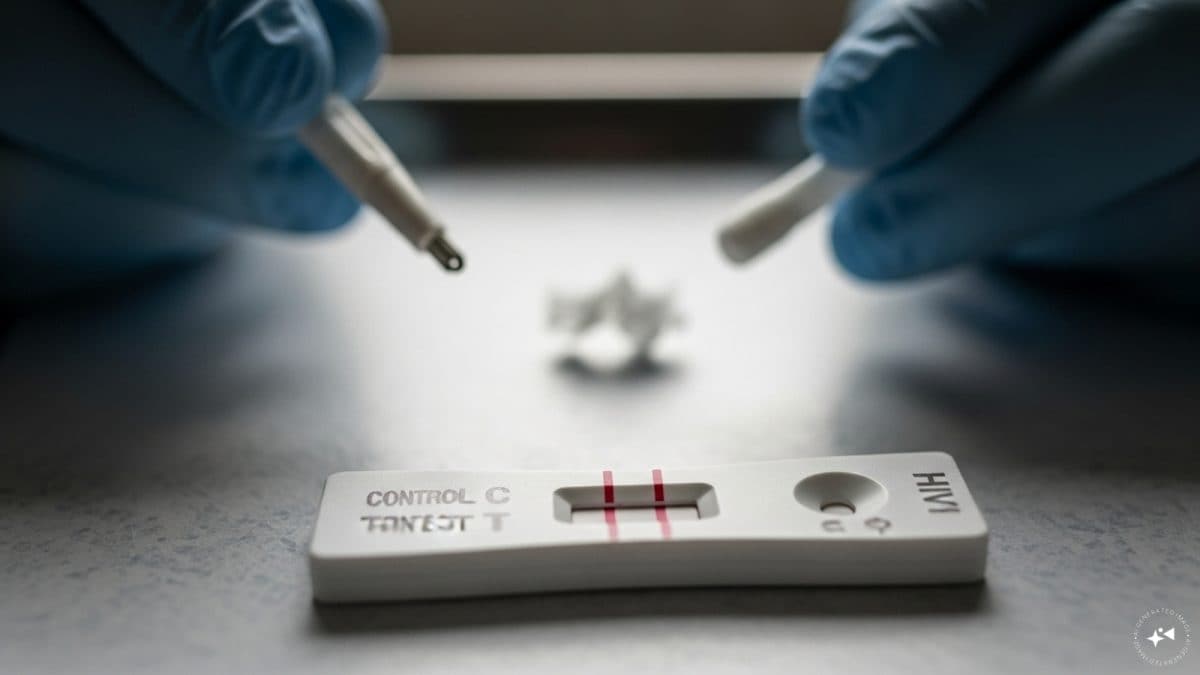ARTICLE AD BOX
Last Updated:October 22, 2025, 12:12 IST
IQAir uses the US model with a 0-500 index but reports above 500 as extremely dangerous, while in India, levels over 500 are already considered severe

Regardless of the differences, experts agree that both platforms highlight the dire state of Delhi's air quality. (Representative/PTI)
Delhi’s air quality has turned hazardous, with pollution levels hovering around 350 AQI over the past five days. Post-Diwali smoke and dust have blanketed the city, leaving residents struggling with eye irritation and breathing difficulties.
Confusion has emerged over Delhi’s air quality readings. While the Central Pollution Control Board (CPCB) reports AQI below 400, international platforms like IQAir have recorded levels exceeding 2,000 in the same areas.
CPCB vs IQAir: Understanding The Difference In Air Quality Data
For instance, in Siri Fort on Diwali night at 12:30 a.m., the CPCB recorded an AQI of 272, while IQAir reported 2,449. The stark contrast left Delhi residents stunned.
The discrepancy highlights uncertainty over the actual AQI in Delhi-NCR. Environmental experts say both CPCB and IQAir figures are technically correct, as they use different measurement methods and scales.
A Times of India report cites Dr Mohan P George, former additional director of the Delhi Pollution Control Committee, who explains that India’s AQI is based on six main parameters: PM2.5, PM10, ozone, nitrogen dioxide, sulphur dioxide, and carbon monoxide, with a scale ranging from 0 to 500. Anything above 400 is considered ‘severe’.
Conversely, IQAir follows the American model, with an index from 0 to 500 but reports figures above 500 as extremely dangerous. In India, levels beyond 500 are deemed ‘practically useless’ as they already indicate severe health hazards.
Why CPCB And IQAir AQI Readings Differ
The major difference in Delhi’s AQI figures stems from data sources and equipment. CPCB uses analyser-based reference grade machines that are scientifically calibrated and standardised, whereas IQAir employs sensor-based devices that are low-cost with undisclosed calibration processes and algorithms.
According to the Times of India report, Dr. George said, “I trust CPCB data more, as their monitoring methods and standards are transparent, unlike IQAir’s undisclosed algorithm."
Regardless of the differences, experts agree that both platforms highlight the dire state of Delhi’s air quality, showing PM2.5 levels far above the dangerous limit. Whether the AQI is 400 or 2000, the conclusion is clear: Delhi’s air is dangerously polluted.
Location :
Delhi, India, India
First Published:
October 22, 2025, 12:12 IST
News india CPCB Says Delhi AQI Is 400 But IQAir Says It's 2,000. So Who Is Right? | Explained
Disclaimer: Comments reflect users’ views, not News18’s. Please keep discussions respectful and constructive. Abusive, defamatory, or illegal comments will be removed. News18 may disable any comment at its discretion. By posting, you agree to our Terms of Use and Privacy Policy.
Read More

 3 days ago
8
3 days ago
8









 English (US) ·
English (US) ·